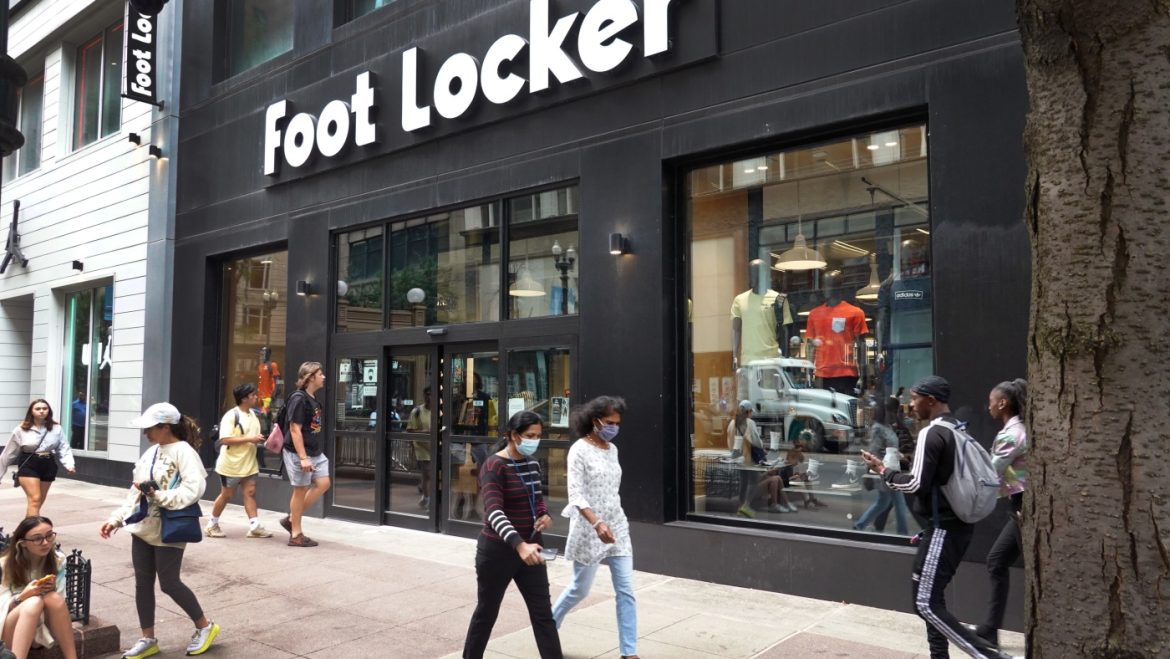Dick’s Sporting Goods’ $2.4 Billion Acquisition of Foot Locker: Strategic Vision and Industry Implications
Introduction: A Defining Move in Sporting Retail
The announcement that Dick’s Sporting Goods will acquire Foot Locker for $2.4 billion marks a major milestone in the sporting goods and athletic footwear retail landscape. This bold transaction, set to create a retail powerhouse operating across 20 countries with combined sales reaching approximately $8 billion, signals a significant reshaping of market dynamics. The deal not only represents Dick’s largest acquisition to date but also reflects strategic ambitions to broaden geographic reach, deepen relationships with key brands like Nike, and navigate ongoing industry challenges including soft demand and tariff uncertainties.
Maintaining Distinct Brand Identities While Leveraging Scale
A critical element of Dick’s approach post-acquisition is the decision to operate Foot Locker as a standalone business unit within its portfolio. Despite the substantial price tag, the companies have affirmed plans to preserve Foot Locker’s brand identity—including its retail banners Kids Foot Locker and Champs Sports. This strategy aims to retain loyalty from Foot Locker’s established customer base and avoid alienating sneaker enthusiasts who associate Foot Locker with a unique shopping experience.
Operating independently allows each brand to continue tailoring product assortments and marketing efforts to their respective audiences, while Dick’s benefits from shared resources such as supply chain efficiencies, purchasing power, and technology investments. This balance of autonomy with operational synergy is intended to harness the strengths of both retailers without diluting their individual market appeal.
Strategic Expansion Into International Markets
Foot Locker’s footprint spans approximately 2,400 locations across North America, Europe, and Asia, representing Dick’s Sporting Goods’ first major international presence. For Dick’s, whose existing operations have been primarily focused on the U.S., this acquisition delivers a fast track to global markets and diversified revenue streams. Expansion outside domestic borders mitigates risks concentrated in the U.S. retail environment—particularly those arising from tariff policies and shifting consumer behavior in the sportswear sector.
The global reach also presents opportunities to capitalize on rising sneaker culture worldwide, especially in European and Asian markets where demand for athletic footwear remains robust. Leveraging Foot Locker’s established international infrastructure can provide Dick’s with a springboard for future growth initiatives beyond its traditional product categories and services.
Targeting the Nike Relationship to Secure a Competitive Edge
An essential driver behind this deal is Dick’s ambition to “corner the Nike sneaker market,” as several sources have highlighted. Nike products represent a significant portion of revenue for both retailers, and consolidating access and distribution channels through the acquisition could strengthen bargaining power with this dominant brand. By controlling two of the largest retail outlets for Nike sneakers and apparel, Dick’s is positioned to optimize inventory allocation, marketing campaigns, and customer engagement surrounding Nike’s product lines.
This enhanced relationship can translate into exclusive product launches, improved pricing leverage, and priority supply amidst a competitive footwear landscape. For Nike, having a unified retail partner with considerable reach and operational scale simplifies distribution complexity and may drive growth in key demographics, especially millennials and Gen Z consumers who emphasize sneaker culture and brand authenticity.
Navigating Industry Challenges and Risks
Despite the compelling strategic rationale, this acquisition is not without risk. Foot Locker has faced operational struggles and declining performance recently, attributed partly to soft demand for athletic footwear and apparel in key markets. Dick’s ability to turn around Foot Locker’s business while preserving the brand’s cultural resonance will be critical. Furthermore, the $2.4 billion price tag represents a sizeable premium, raising questions among some analysts about potential overpayment amid an industry grappling with macroeconomic uncertainty.
Tariffs and geopolitical complexities remain external variables that could impact supply chains and cost structures for both retailers. However, the combined entity’s scale may provide greater flexibility to absorb such shocks, negotiate favorable vendor agreements, and invest in digital innovation to counteract downward pressure on physical retail sales.
Synergies and Future Outlook
The merger presents opportunities for meaningful synergies—not only in procurement and distribution but also in leveraging data analytics, customer loyalty programs, and e-commerce platforms. Dick’s acquisition of Foot Locker complements its existing omnichannel efforts, positioning the company to meet customer expectations for seamless shopping experiences across in-store and digital environments.
This move could also set a precedent for further consolidation in the sporting goods sector, as competitors respond to a market environment increasingly defined by scale, brand partnerships, and multinational reach. For Dick’s Sporting Goods, the transaction represents both a gamble and a strategic leap aiming to secure leadership in a competitive and evolving retail landscape.
Conclusion: A Transformational Deal Poised to Reshape Sporting Retail
Dick’s Sporting Goods’ acquisition of Foot Locker for $2.4 billion signifies a major strategic play to expand internationally, solidify partnerships with dominant brands like Nike, and strengthen competitive positioning amid industry headwinds. By preserving Foot Locker’s brand identity while leveraging combined scale, Dick’s aims to capture new customer segments and unlock growth potential across global markets.
While the deal carries inherent risks linked to Foot Locker’s recent struggles and the broader economic environment, it marks a decisive step by Dick’s to future-proof its business through diversification and brand portfolio expansion. The coming months will reveal how effectively the two retailers integrate and capitalize on synergies—but the acquisition alone has already sent ripple effects through the retail sporting goods ecosystem, underscoring the importance of scale, innovation, and strategic partnerships in shaping the sector’s future.


